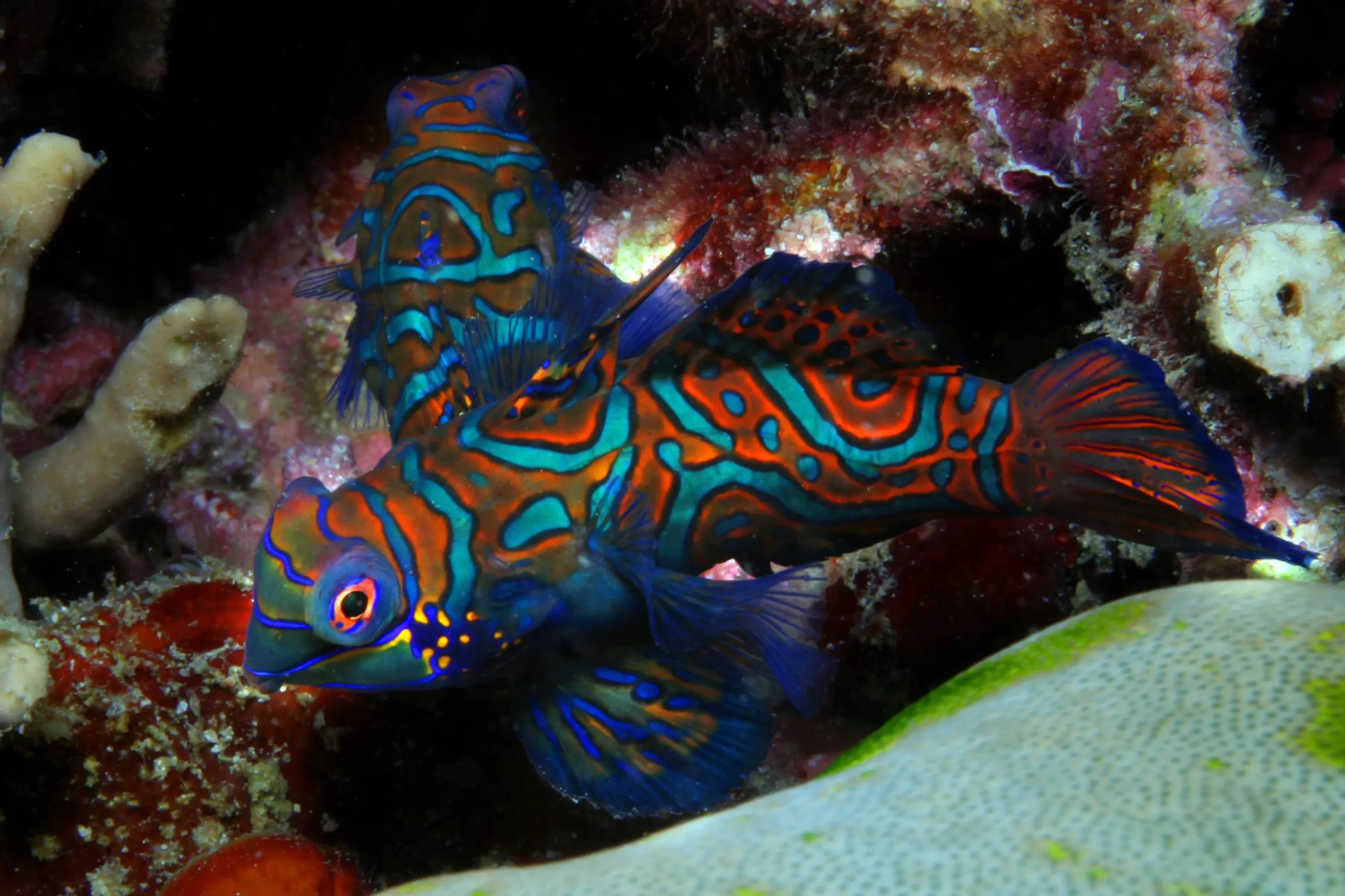Discover the Incredible Biodiversity of Central Visayas, Philippines
Why We Love It
At the heart of the Coral Triangle lies the 7000 islands of the Philippines, supporting a variety of ecosystems and a wide diversity of marine life. We chose the Central Visayas, as they encompass a great diversity of dive sites serious divers are looking for: big schools of jacks, barracudas, and turtles in Balicasag; macro and critters playgrounds in Dauin; giant trevallys and humphead parrotfish in Apo Island; and, of course, the famous thresher sharks of Malapascua!
Conservation
The dive operator regularly does clean ups, and charters frequently to research institutes such as the University of Queensland's Global Change Institute.
Who Is It For?
For divers of all levels who like big and small. Note that you should have an advanced level for the Thresher Sharks dive in Malapascua, and for any night dives. Other activities include snorkeling and some island visits.
Prices and Dates
Loading...
Dive Briefing!
Marine Life
- The Visayas group consists of seven large and several hundred smaller islands clustered around the Visayas, the diversity of marine life and sites is spectacular.
- On the same site you could encounter hawksbill and green turtles, but also pipefish and many varieties of nudibranchs and finish with a big school of trevallies.
- Crocodile fish, mandarin fish, juvenile pinate batfish, nudibranchs, pygmy seahorses, porcelain crabs, ghost pipe fish, but also giant trevally, humphead parrotfish and marbled groupers, and large schools of sardines can be found.
- Depending on the itinerary and season, you might see large pelagic creatures such as whale sharks, thresher shark, black tip and white tip reef sharks.
Dive Conditions
- Season: For diving: all year long. On land: rainy season from June to November with some showers and dry season from December to May
- Currents: Little to mild currents
- Visibility: Up to 40 meters (131 ft)
- Water temperature: 26° to 27°C (79° to 81°F) from December to March and 28° to 29°C (82° to 84°F) during the rest of the year
- Depth: Mostly shallow dives except for the Thresher Shark dive in Malapascua
Dive Sites
- Sites range from steep coral covered walls to gentle sloping reefs and muck diving hotspots.
- Dive sites: Depending on the length of the trip and conditions, the itinerary may vary.
- All trips (7 nights and 10 nights) will dive in Moalboal, Pescador Island, Balicasag, Oslob, and Sumilon.
- Depending on conditions at the time of your trip, you may also dive in Panglao, Apo Island, and Siquijor.
- Longer trips only (10 nights) will go to Gato Island, Monad Shoal, Malapascua, and Dauin.
- By default, most trips are of 7 nights length (Bohol Itinerary). However, it is possible most times to charter it for groups to do the 10 nights trip and go to Malapascua - ask us.
The Team
- Operation created in 1996
- PADI courses available on board: Advanced Open Water, Nitrox, and Specialties - ask us
- Languages spoken on board: English, Tagalog, and Visayas
- 8 people maximum per dive guide
Safety Information
- Equipment Recommended: The usual diving equipment. A 3mm wetsuit is usually enough from April to November. Equipment can be rented if booked in advance - ask us
- Insurance: Both dive insurance and travel insurance are mandatory. We recommend DAN that has plans to cover both - ask us for a quote
- Nearest Hyperbaric Chamber: Nearest chamber is in Cebu
Visas, Flights, and More!
Visa Requirements
- You must have a valid passport to enter the Philippines, and a return ticket
- Ensure your passport is valid for at least 6 months beyond the period you intend to stay
- Most citizens do not require a visa to stay in the Philippines for up to 30 days
- Please check current visa policies that apply for your country on Philippines' Department of Foreign Affairs website
How to Get There
- There are direct flights from Manila (MNL) to Dumaguete (DGT) with Cebu Pacific, Philippine Airlines, and Air Asia
- Disembarkation is scheduled for 8am. Make sure you have enough time if you decide to fly that same day
- Important: We advise that all guests carry ALL dive-related equipment (including regulators) in their checked luggage instead of their carry-on bags. The Philippines Office for Transportation Security includes 'scuba equipment' on a list of blunt instruments that are NOT to be carried in hand luggage on flights originating in the Philippines
More...
- The Philippines is subject to malaria, dengue fever, and chikungunya. Take necessary precautions to avoid contracting these illnesses
- Bring reef-safe sunscreen, a hat, mosquito repellent, a rash-guard, and a sweater or a light-weight jacket
Destinations
Right Season
Dive Operators
Booking Fees

